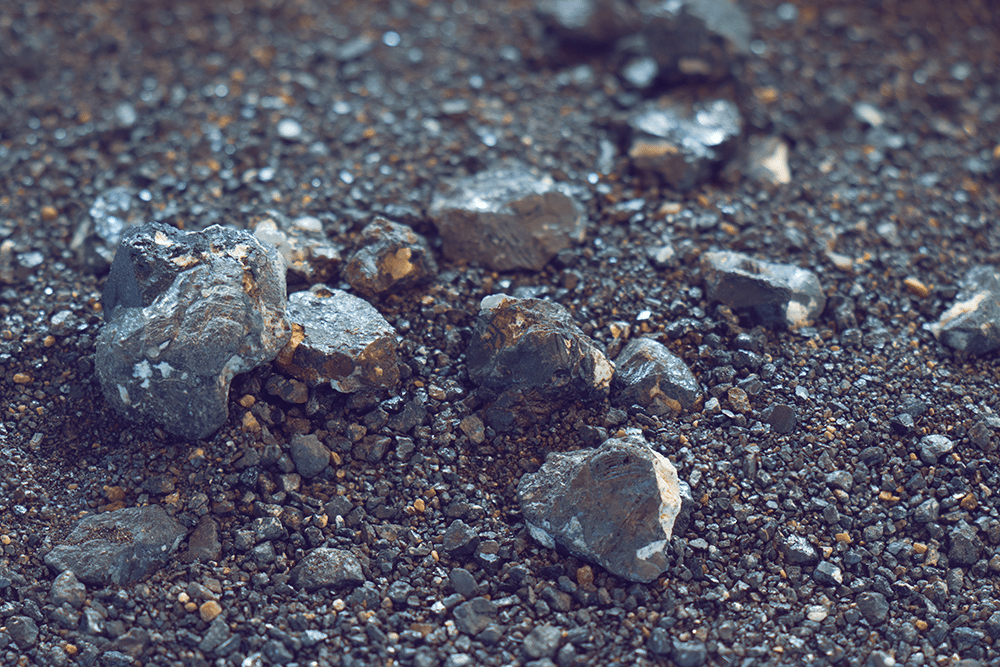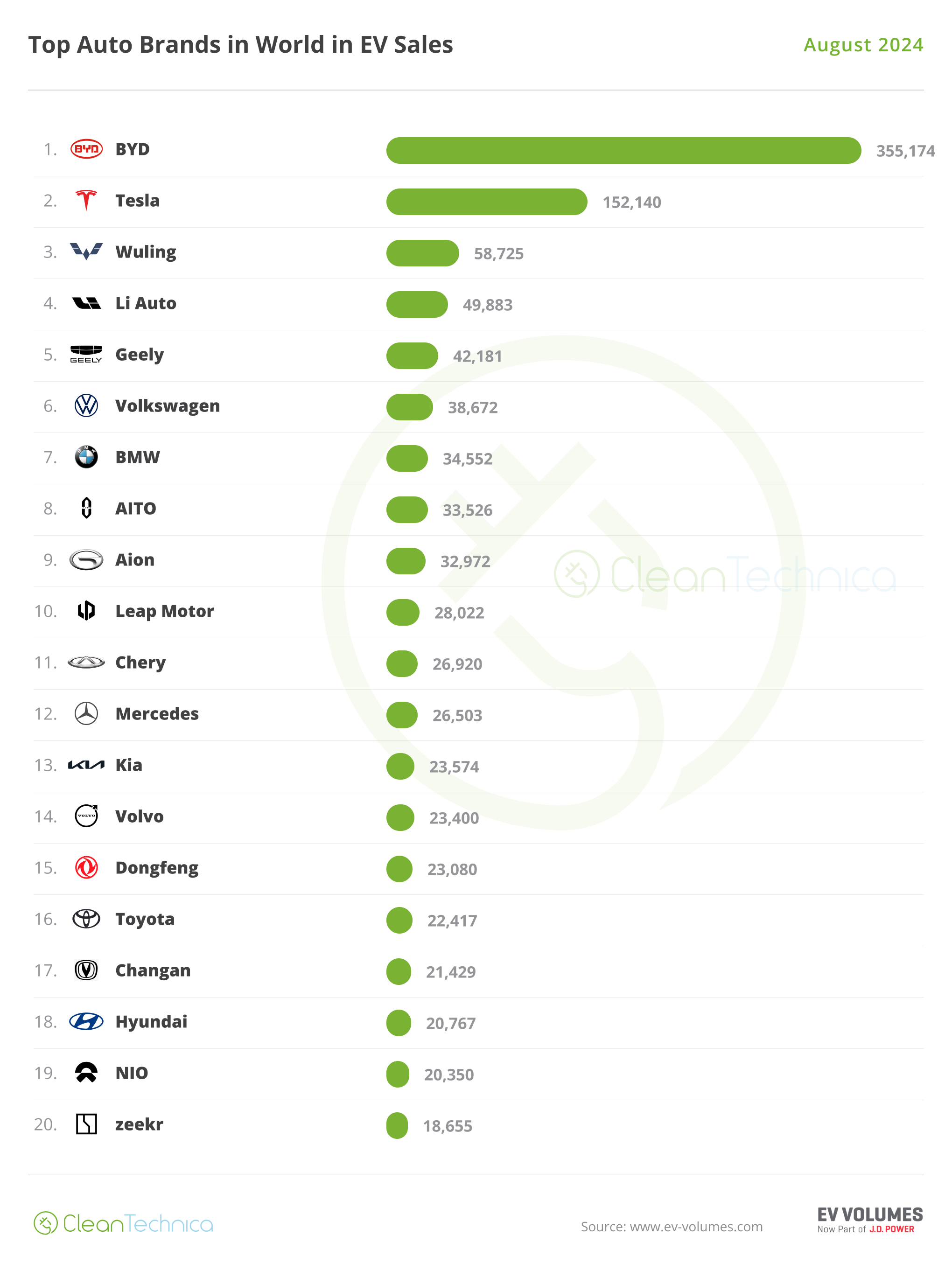For years, the tin price index in Europe depended largely on foreign supply. However, Vancouver-headquartered Cornish Mining plans to start pumping out groundwater from its South Crofty tin project as early as October. The firm is currently preparing its mine water treatment plant, which can treat up to 25,000 cubic meters of water per day directly from South Crofty into the nearby Red River. As of September 27, the company said that preparation and testing before full commissioning will take around three weeks.
Cornish Metals originally planned to begin dewatering South Crofty in June, intending to complete the project by the end of 2024. Once finished, they planned to commence mining operations in 2026. South Crofty is in the ceremonial county of Cornwall in southwestern England, roughly 430 kilometers from London. The site boasts both an upper and lower mine. As of September, mineral resources at the lower mine show an indicated 2.9 million metric tons of 1.5% tin grade for a total of 43,600 metric tons. Meanwhile, the upper mine contains an indicated 260,000 metric tons with 0.99% of tin equivalent grade for a total of 2,600 metric tons.
Curious about tin price fluctuations? Subscribe to MetalMiner’s free weekly newsletter now and save money on your COGS by getting weekly metal market insights.
South Crofty Previously Shut Down Production in 1998
Cornwall is historically known for its tin mining. In fact, the county’s flag of a white cross on a black field allegedly alludes to the white tin metal in the earth. However, a combination of high costs against a low tin price and the inability to secure needed financing caused the mine to cease operations in 1998. AIM-listed Cornish Metals, previously known as Strongbow Exploration, originally acquired the mine in 2016.

“The project possesses planning permission for underground mining, valid to 2071, to construct a mine water treatment plant, new processing facilities, all necessary site infrastructure, and an Environmental Permit to dewater the mine,” Cornish Metals stated.
As of March, Cornish Metals told MetalMiner it was conducting a feasibility study on how many metric tons it could prospectively mine from South Crofty as well as prospective concentrate production. The company secured £40.5 million (about $50 million) in 2022 to conduct the study as well as to build and operate a dewatering plant. That study is due to end in 2024.
MetalMiner Insights long-term and short-term price forecasting for tin, ensuring you always purchase the right amount at the right time. See our full metals catalog.
The Site Could Give Europe More Control Over the Tin Price Index
There is no primary tin mining in either Europe or North America. Indeed, Cornish Metals reports that 75% of the material comes from China, Myanmar, and Indonesia. However, Myanmar’s autonomous Wa State halted all tin mining on August 1 in order to address a series of unsustainable practices. According to reports, such practices were leading to resource waste, pollution, and concerns over worker safety.

Tin’s applications include feedstock for the production of solder, often used in welding electronic components. The base metal also serves as a feedstock in the production of the tinplate used in packaging foodstuffs and beverages. On September 28, tin’s three-month closing price on the London Metal Exchange reached $25,324 per metric ton, down 1.27% on the day from $25,650.
Historically, tin is found in granite rocks and alluvial deposits. The largest tin-producing countries historically include China, Indonesia, Malaysia, and Bolivia. If the UK were to establish a foothold on tin production, it could have major ramifications for the future of the tin price.
MetalMiner’s MMI report includes 10 metal price reports and can serve as an economic indicator for contracting, price forecasting, and predictive analytics. Sign up here.




